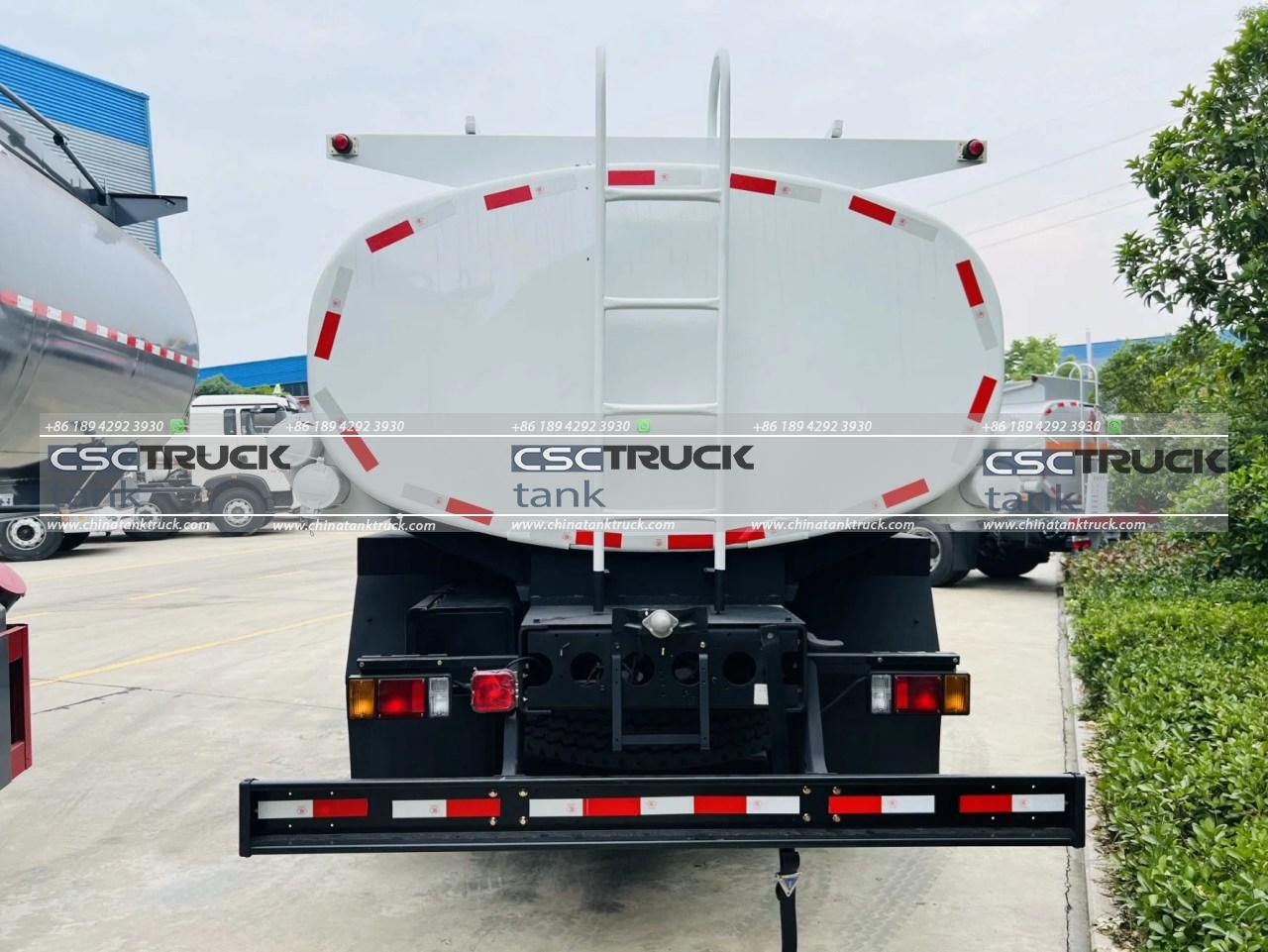How Many Gallons of Milk are in a Tanker Truck?
Milk is a staple in many households and an essential product in the global food industry. Every day, millions of gallons of milk are transported from dairy farms to processing facilities, where it is pasteurized, packaged, and distributed to consumers. A significant portion of this milk is transported in large tanker trucks, designed specifically to carry liquid dairy products safely and efficiently. But just how much milk can these tanker trucks hold? This question might seem simple, but it reveals interesting insights into the logistics, design, and engineering behind milk transportation.
The Role of Tanker Trucks in the Dairy Supply Chain
Before diving into the specifics of how many gallons of milk a tanker truck can carry, it’s essential to understand the role these trucks play in the dairy supply chain. Dairy farms, especially large-scale operations, produce milk continuously. To ensure that this perishable product reaches processing plants while still fresh, it must be efficiently and quickly transported. This is where tanker trucks come in.
Tanker trucks are large, insulated vehicles designed to maintain the freshness of the milk during transportation. They are equipped with stainless steel tanks that are easy to clean, ensuring that the milk remains uncontaminated. The trucks are also designed to keep the milk at a stable temperature, usually just above freezing, to prevent spoilage during transit.

How Much Milk Can a Tanker Truck Hold?
The capacity of a tanker truck can vary depending on several factors, including the size of the truck, the design of the tank, and the specific regulations of the country or region in which it operates. However, on average, a standard milk tanker truck in the United States can hold between 6,000 and 8,000 gallons of milk.
1. Small Tanker Trucks: These are typically used for shorter routes or for transporting milk from smaller dairy farms. A small tanker truck might have a capacity of around 4,000 to 5,000 gallons.
2. Medium Tanker Trucks: These trucks are more common and can hold between 6,000 and 8,000 gallons of milk. This size is typical for long-haul routes, where milk needs to be transported over significant distances to reach processing plants.
3. Large Tanker Trucks: In some cases, especially in regions with large-scale dairy operations, tanker trucks can hold up to 9,000 or even 10,000 gallons of milk. These trucks are often used for the most extensive operations, where efficiency and capacity are crucial.
Factors Influencing Tanker Truck Capacity
Several factors influence the capacity of a milk tanker truck. Understanding these factors can help explain why there is variability in how much milk a tanker truck can hold.
1. Regulations: Different countries and regions have regulations that limit the size and weight of tanker trucks. These regulations are in place to ensure road safety and infrastructure integrity. For example, in the United States, the Department of Transportation (DOT) imposes weight limits on trucks, which can indirectly affect how much milk a tanker can carry. A truck’s total weight includes the weight of the vehicle itself, the tank, and the milk. If the tank is too large, it might exceed the legal weight limit when full.
2. Design of the Tank: The shape and design of the tank also play a significant role in determining its capacity. Tanks are typically cylindrical, which allows for the most efficient use of space and ensures that the liquid can be transported without too much sloshing around, which could destabilize the vehicle. Some tanks are compartmentalized, meaning they have multiple smaller sections within the larger tank. This design can help distribute the weight more evenly and reduce the risk of spillage.
3. Insulation: Milk needs to be kept at a low temperature during transport to prevent spoilage. The insulation of the tank is crucial for maintaining this temperature. However, better insulation often means thicker tank walls, which can slightly reduce the tank’s overall capacity. Manufacturers must balance the need for insulation with the desire to maximize capacity.
4. Weight of Milk: Milk is relatively heavy, weighing about 8.6 pounds per gallon. This weight must be considered when calculating how much a tanker can carry. The heavier the milk, the less the tanker can hold in terms of volume if it is to remain within legal weight limits.

The Importance of Efficient Milk Transportation
The transportation of milk is a critical component of the dairy supply chain. Inefficiencies in this process can lead to increased costs, higher prices for consumers, and potentially even milk shortages. Tanker trucks play a pivotal role in ensuring that milk is transported efficiently.
1. Cost-Effectiveness: By maximizing the amount of milk that can be carried in a single trip, tanker trucks help reduce transportation costs. Fewer trips mean less fuel consumption and reduced wear and tear on vehicles, both of which contribute to lower costs.
2. Preservation of Quality: Milk is highly perishable, and its quality can degrade quickly if not handled properly. Tanker trucks are designed to preserve the quality of milk by maintaining the correct temperature and preventing contamination. The quicker and more efficiently milk can be transported, the fresher it will be when it reaches the processing plant.
3. Environmental Considerations: Efficient transportation is also better for the environment. Fewer trips mean lower carbon emissions, which is increasingly important as the dairy industry looks for ways to reduce its environmental footprint. Modern tanker trucks are often designed with fuel efficiency in mind, helping to further reduce their impact on the environment.
Conclusion
Tanker trucks are an essential part of the dairy industry, enabling the efficient and safe transport of milk from farms to processing facilities. While the capacity of these trucks can vary, a typical tanker truck in the United States can hold between 6,000 and 8,000 gallons of milk. This capacity is influenced by factors such as regulations, tank design, insulation, and the weight of the milk itself.
Understanding the logistics behind milk transportation highlights the complexity and importance of this process in bringing fresh milk to consumers’ tables. The next time you pour a glass of milk, you might think about the journey it took to get there—one that likely involved a tanker truck filled with thousands of gallons of fresh, farm-produced milk.


